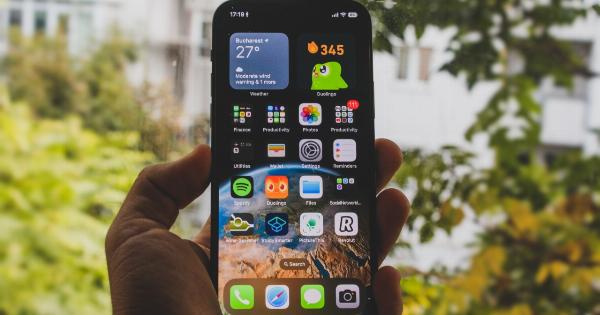Isolation can be a burden that weighs heavily on our mental and emotional well-being. It is a feeling of detachment from the world around us, a sense of being disconnected and alone.
While the causes of isolation can be complex and varied, there are certain sources that commonly contribute to this overwhelming sensation. In this article, we will explore four sources that may be to blame for your feelings of isolation and provide insights on how to address them.
Social Media and Technology
In today’s digital age, it is no surprise that social media and technology play a significant role in perpetuating feelings of isolation.
While these tools have the potential to connect people across the globe, they can also create a false sense of connection. Spending excessive amounts of time on social media platforms can lead to a distorted perception of relationships, as we often only see the highlights of others’ lives.
This can leave us feeling inadequate, lonely, and disconnected from real-world interactions.
To combat the isolating effects of social media and technology, it is crucial to set boundaries and find a balance between online interactions and face-to-face connections.
Engaging in activities that involve physical presence, such as joining community groups or hobbies, can help foster genuine connections and reduce feelings of isolation.
Workplace Environment
A toxic workplace environment can be a breeding ground for isolation. Feeling excluded, isolated, or unsupported by colleagues can lead to a significant decline in our overall well-being.
Lack of collaboration, communication, and a competitive atmosphere can all contribute to feelings of isolation and alienation within the workplace.
Addressing workplace isolation requires open communication and fostering a supportive environment. Employers and employees should prioritize building meaningful relationships, promoting teamwork, and creating a culture of inclusivity.
Regular team-building activities, open-door policies, and providing opportunities for feedback can all contribute to a more inclusive and supportive workplace environment.
Grief and Loss
Grief and loss can profoundly impact our sense of connection and belonging. Whether it is the loss of a loved one, the end of a relationship, or a significant life change, these experiences can leave us feeling isolated and alone in our pain.
The natural inclination to withdraw and grieve in solitude can intensify these feelings, making it challenging to reach out for support.
When dealing with grief and loss, it is essential to recognize the healing power of seeking support from others.
Connecting with a therapist, joining support groups, or confiding in trusted friends and family members can help alleviate feelings of isolation. It is through shared experiences and the support of others that we can begin to heal and rebuild our sense of connection.
Geographic Location
Living in a remote area or a community with limited social opportunities can contribute to a profound sense of isolation.
People who reside in rural areas or places where the population is sparse may find themselves lacking the social connections that come more easily in urban environments.
Addressing geographic isolation requires initiative and effort in seeking out social opportunities. This may involve actively participating in community events, attending local gatherings, or joining online groups focused on shared interests.
Building connections within the local community is crucial for overcoming geographic isolation and fostering a sense of belonging.
Conclusion
Isolation can feel overwhelming, but it is important to remember that there are often underlying sources contributing to these feelings.
By identifying and addressing these sources, we can take steps towards reconnecting with others and rebuilding our sense of belonging.
Whether it is setting boundaries with social media use, fostering a supportive workplace environment, seeking support during times of grief, or actively seeking social connections in our community, we can overcome the isolating effects of these sources and embrace a sense of connection once again.





























